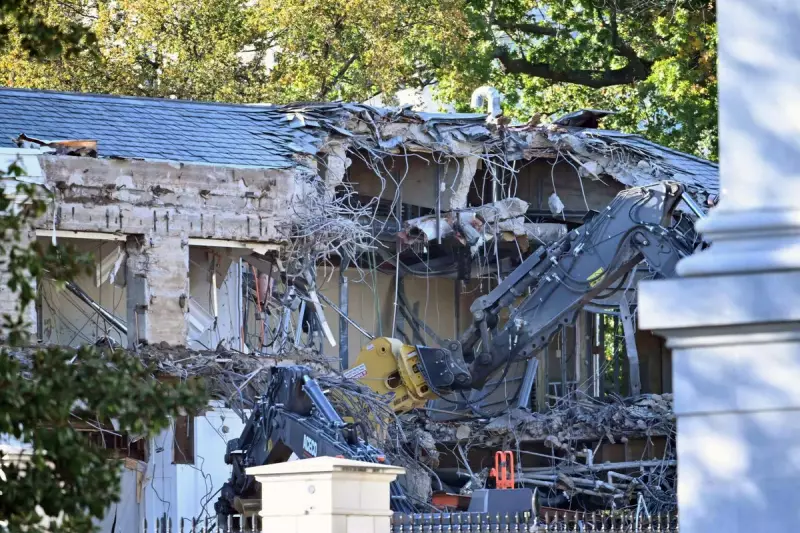
In a revelation that has sent shockwaves through political circles, former President Donald Trump is allegedly drawing up plans for a dramatic structural transformation of the White House should he secure a second term in office.
The Proposed Overhaul
According to insider sources, Trump's blueprint focuses particularly on the East Wing - the iconic section of the executive mansion that houses the First Lady's offices and the White House social secretary. The proposed changes would represent the most significant architectural alteration to the presidential residence in decades.
The plans, described by those familiar with the matter as "ambitious" and "unprecedented," have sparked intense debate about the preservation of historical landmarks versus modernisation needs.
Historical Significance Under Threat
The East Wing carries substantial historical weight, having been constructed in 1942 primarily to conceal the structural changes made to accommodate President Franklin D. Roosevelt's underground bunker. Over the decades, it has become an integral part of White House operations and American political heritage.
Preservationists have expressed alarm at the potential demolition, arguing that such changes would erase important chapters of American political history. "The White House isn't just a building - it's a living museum of American democracy," noted one architectural historian who wished to remain anonymous.
Political Reactions and Implications
The news has generated mixed reactions across the political spectrum. Supporters argue that modernisation is long overdue and that Trump's business background makes him ideally suited to oversee such improvements. Critics, however, view the plans as another example of the former president's disregard for tradition and historical preservation.
Political analysts suggest this revelation could become a significant talking point in the upcoming election campaign, potentially influencing voters who see the White House as a symbol of national continuity and stability.
What's Next for the People's House?
While the details remain speculative, the very discussion of such radical changes raises important questions about how presidential residences should balance historical preservation with contemporary needs. The debate promises to continue as more information emerges about the scope and nature of the proposed renovations.
As one political commentator observed, "This isn't just about architecture - it's about how we perceive the presidency itself and the institutions that surround it."





